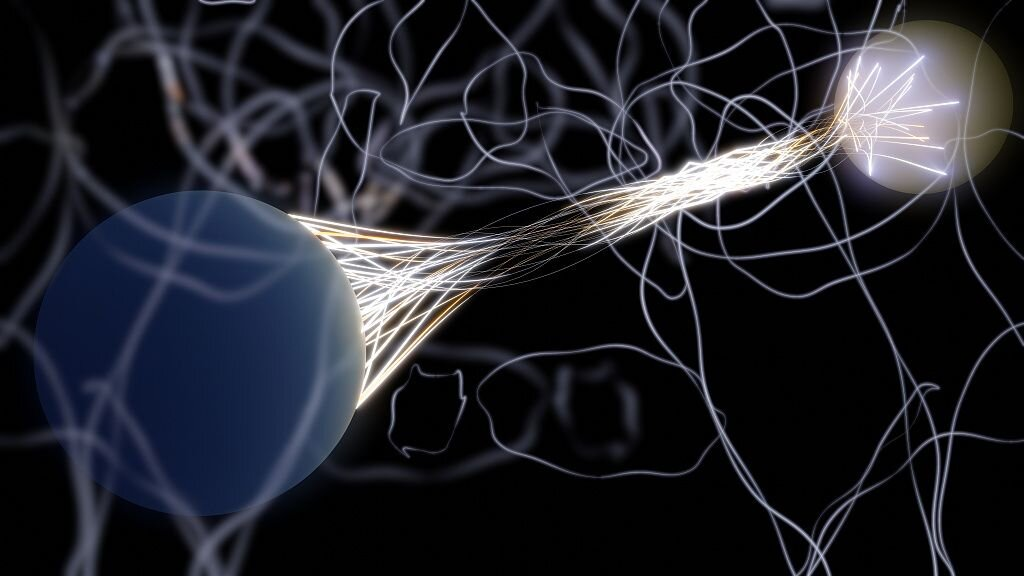
"We therefore rotate the spin of the neutron just a little," explains Hartmut Lemmel, the first author of the current publication. However, the interference pattern then also disappears, as a consequence of complementarity in quantum mechanics. If the spin of the neutron is rotated on only one of the two paths, it is possible to determine afterwards which path it has taken. It can be influenced by magnetic fields, the angular momentum of the neutron then points in a different direction. In addition, however, another property of the neutron is exploited: its spin - the angular momentum of the particle. The two partial neutron waves move along two different paths and are recombined again. This was made possible with the help of neutrons at the neutron source of ILL in Grenoble: The neutrons are sent onto a crystal that splits the quantum wave of the neutron into two partial waves, very similar to the classical double-slit experiment. We have therefore considered how the phenomenon of two-way interference can be proven based on the detection of a single particle." "Of course, this is not entirely satisfactory. "So, the behaviour of individual particles is explained based on results that only become visible through the statistical investigation of many particles," says Holger Hofmann from Hiroshima University, who developed the theory behind the experiment. Only when the experiment is repeated many times does the wave pattern become increasingly recognisable point by point and particle by particle. Of course, this wave distribution cannot be seen by looking at a single particle. Where the quantum wave is cancelled out, the probability is low. The probability of measuring the particle behind the double slit at a very specific location depends on this interference pattern: where the quantum wave is amplified, the probability of measuring the particle is high.

In some places they reinforce each other, in other places they cancel each other out." "The particles move as a wave through both openings at the same time, and the two partial waves then interfere with each other.

"In the classical double-slit experiment, an interference pattern is created behind the double slit," explains Stephan Sponar from the Atomic Institute at TU Wien. The results have now been published in the journal " Physical Review Research." Thus, the phenomenon of quantum superposition can be proven without having to resort to statistical arguments. It is even possible to determine the ratio in which the neutron was distributed between the two paths. At TU Wien, it has now been possible to develop a new variant of such a two-way interference experiment that can correct this flaw: A single neutron is measured at a specific position - and due to the sophisticated measurement setup, this single measurement proofs already that the particle moved along two different paths at the same time. Normally, however, this can only be proven by carrying out the experiment over and over again and evaluating the results of many particle detections at the end.


 0 kommentar(er)
0 kommentar(er)
